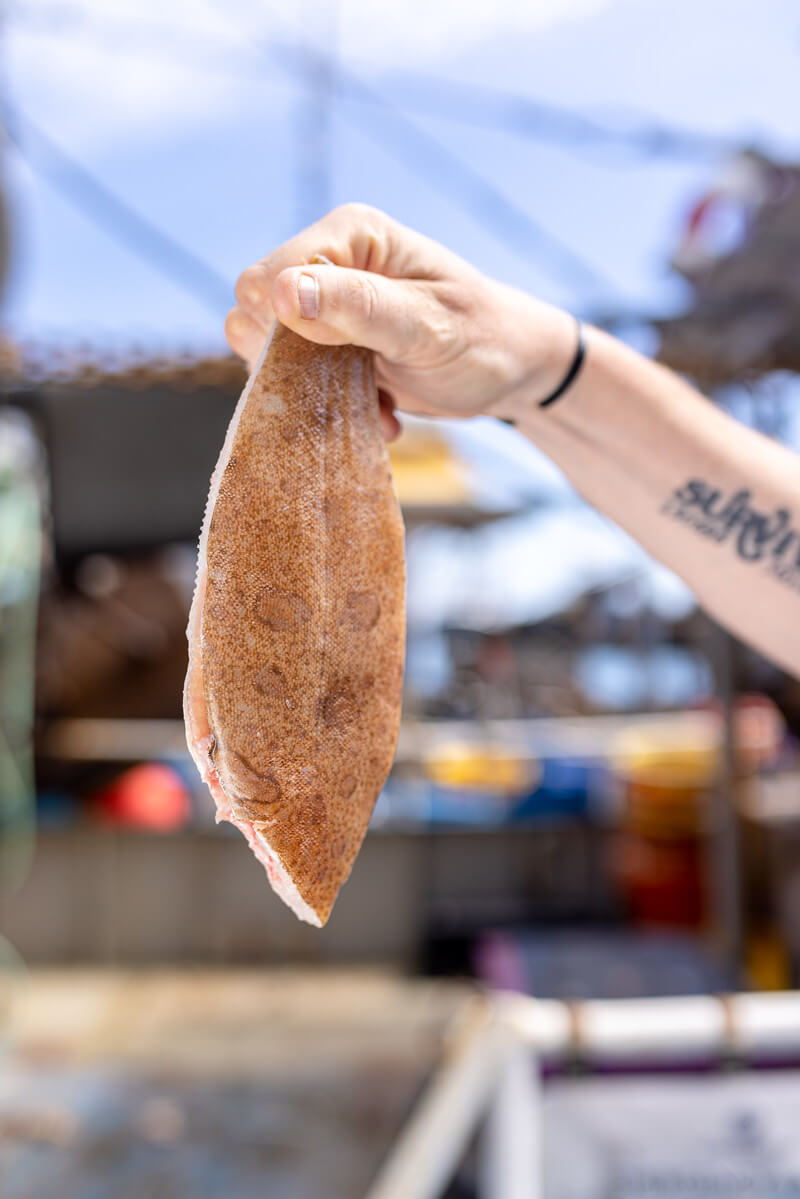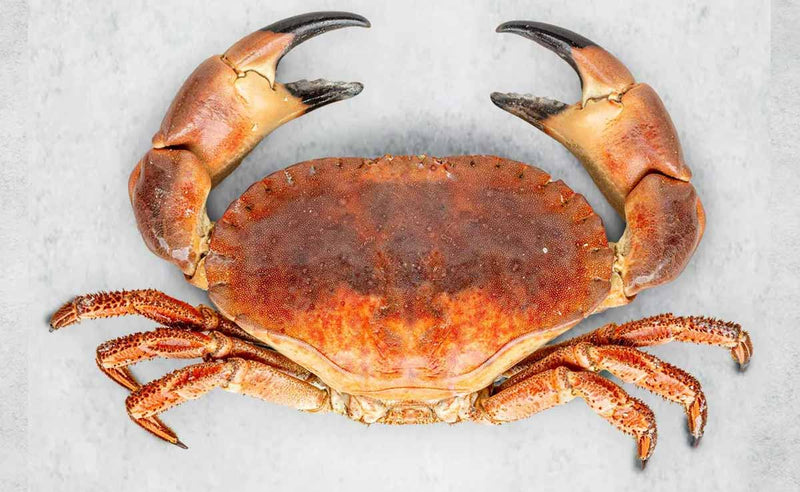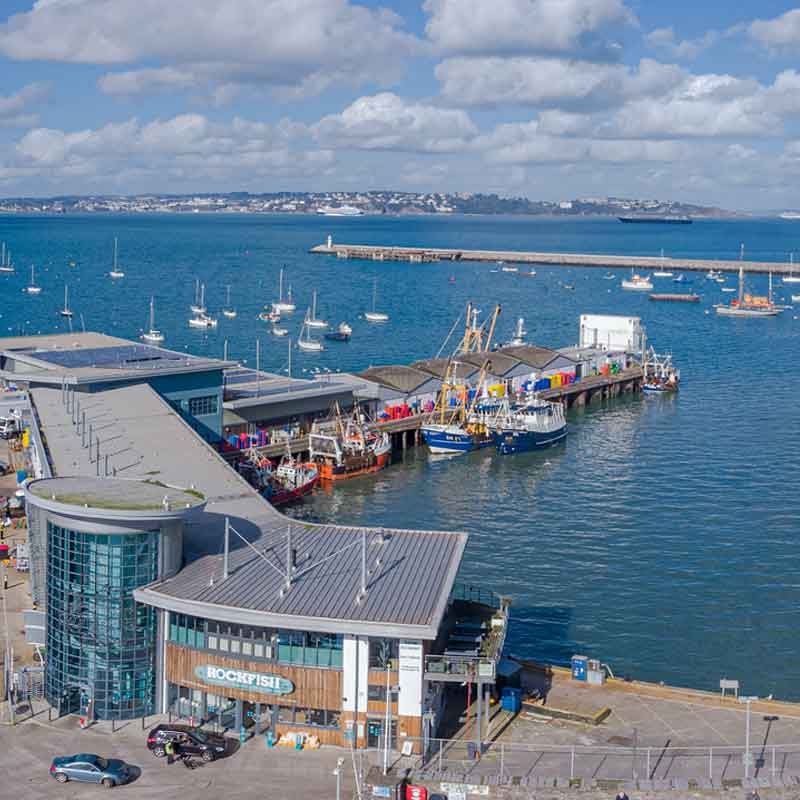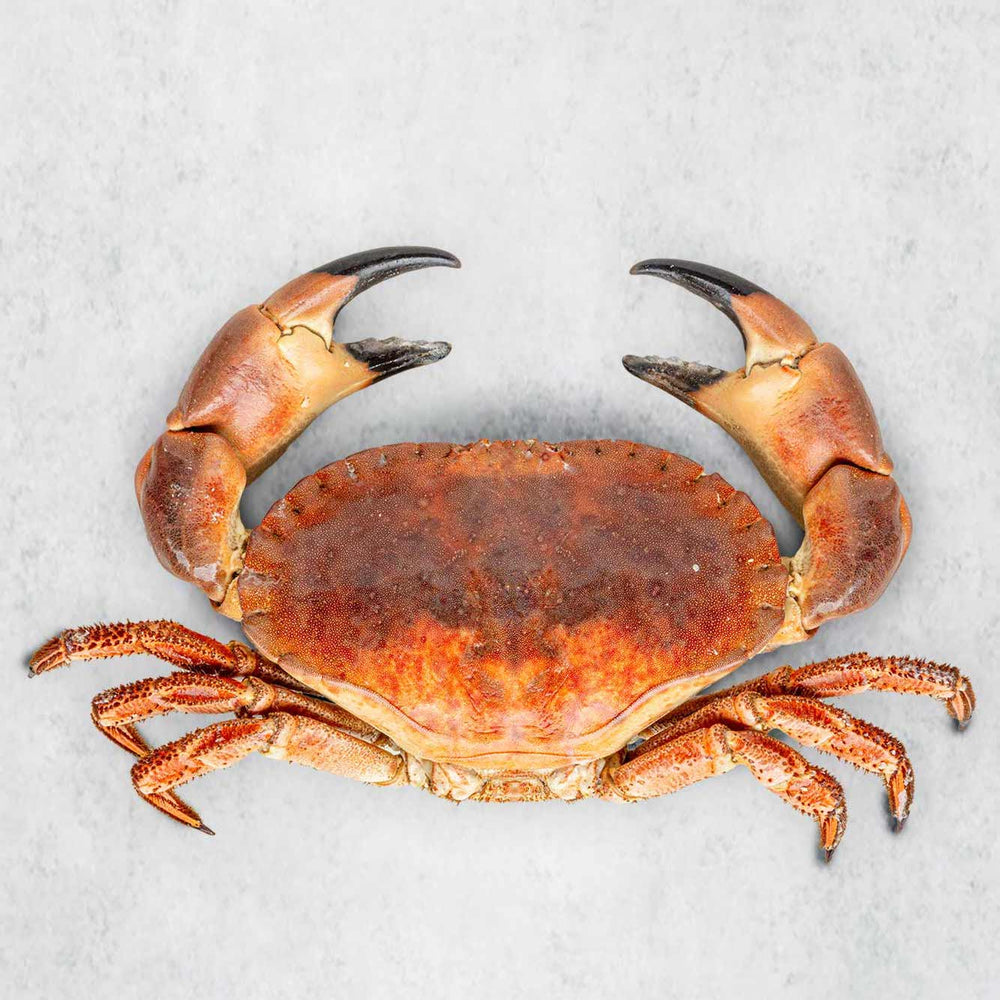Why we must end food waste now
Quick read (under five minutes)
Food waste is bad news. Especially when it comes to seafood.
The effort it takes to gather a crew, hunt a wild fish, catch that fish, ice that fish, land that fish, process that fish, package that fish, transport that fish, then market that fish to sell only to waste that fish before it gets cooked and enjoyed is nothing short of criminal.
But the sad and harsh truth of the matter is that 35% of all fish caught are wasted before they ever reach a waiting plate.
THE PROBLEM
Fish are highly perishable and fragile. Unlike a pig or a cow, a fish is a cold-blooded creature. The enzymes in their flesh are completely different, designed to comfortably withstand unbearably cold temperatures. When faced with slightly warmer temperatures then, these enzymes break down at a much faster rate, causing the fish to rot quicker than say a pork chop or fillet of beef.
This makes fish very vulnerable to waste. Minute care at every step must be taken. From the moment a fish is pulled from the sea to the time it is plonked onto a plate.
We are increasingly aware of the threat to fisheries caused by overfishing, pollution, and climate change. A lot of careful scientific study and vigilant management must be in place to ensure the sustainability of a fishery. All this makes wasting fish once it’s on land even more insane.
Food waste represents unnecessary output of CO2 as well as a loss in nutritional opportunity for the 3 billion people worldwide who depend on seafood as a key source of protein in their diets.
As the global population continues to increase our consumption of seafood is only going to go up. Some studies suggest that by 2050 our seafood consumption will have doubled.
The prevailing narrative that we need to produce more food more efficiently to feed the growing masses is simply not true. And in the case of so many fisheries it is just not possible.
Instead, a far more effective solution is to waste less of the seafood we already catch.
THE SOLUTION
There’s an old fishermen’s proverb that for every hour a fish is left on the deck of a boat and not put straight on ice it loses a day’s shelf life.
Traceability is therefore a majorly important factor when it comes to ensuring good handling of seafood. At Rockfish we know exactly where all the fish we serve on our menus or sell on our Online Seafood Market comes from, right the way down to the very boat on which it was caught.
For example, if you buy one of our succulent Prime Dover soles online, you can see what boat we bought that fish from. When that sole arrives with you, we’ll also proudly display the name of the boat on the individual label so that you too have the confidence that you’re eating from a reliable source.
Fisheries have notoriously opaque supply chains which shield us consumers from faults like wasted fish. Traceability allows us to monitor our supply chain systems.
With our Rockfisher project we’ve even taken this a step further. Having our own fishing boat right here in Brixham gives us full control over how our fish is handled prior to it arriving at our processing facility.
Our location on the harbourside – 17 metres away from where most of the fish we use get landed – gives us unparallel proximity to our fish.
The moment fish arrives with us it is filleted, skinned and made ready to eat. By lunch time that same day it is being served at any one of our restaurants along the South Coast.
Alternatively, the fish is shipped through our Online Seafood Market where it will arrive chilled at your door within 24 hours. The same day the fish has been caught we know what has sold and what hasn’t. Any seafood that doesn’t sell is packed, that very day, labelled and blast frozen to then be sold as frozen online.
One of the biggest contributors to seafood waste within modern supply chains is the ‘fresh fish myth’. By that we mean the practice of thawing previously frozen fish when placing it in plastic wrap on supermarket shelves. This gives the illusion of that fish being fresh, where the reality is quite different.
The issue here is that retailers advertise that their fish can be frozen again at home – which is absolutely true for blast frozen fish - but means that if that fish does not sell, the retailer cannot refreeze that fish themselves, so it is instead thrown away.
Long, complex supply chains, which have limited traceability and have the financial loss from waste factored into their pricing are key contributors to fish being thrown away in the western world.
When you shop at Rockfish, you can be confident that no fish we touch will ever get wasted. Call us old fashioned but we want fish on your plates not in our bin.



